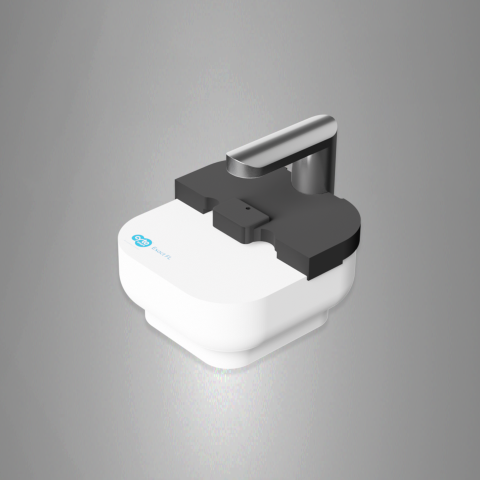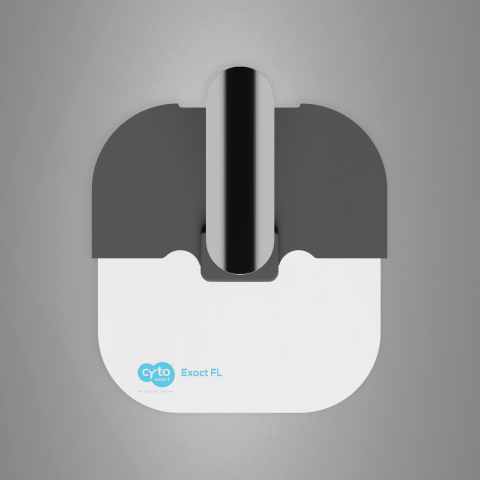Can the CytoSMART Exact assess cell viability?
Yes,Cell counting is an essential step in many experimental, clinical, and diagnostic workflows. The CytoSMART Exact is an automated cell counting platform designed for efficient and accurate assessment of cell concentrations and viability. The state-of-the-art optics and image analysis software offers an unprecedented level of detail, allowing it to distinguish between cells and debris, detect individual cells within a cluster, or count organoids and measure their size.
Key Features
-
>> Count faster with less user variability – Manual cell counting is time-consuming and laborious. The CytoSMART Exact uses innovative machine-learning software coupled with an unmatched resolution and expanded field of view, minimizing user-to-user variability and increasing reproducibility, so you can focus on your experiment.
-
>> Get more than cell number with fluorescence – In addition to brightfield cell number and viability, red and green fluorescence channels let you count specific populations within your sample.
-
>> Plug it in and get started - With an easy-to-use, maintenance-free device that does not require calibration, any lab can quickly start using the CytoSMART Exact.
Overview
The CytoSMART Exact platform is an efficient and affordable cell counting platform. Both brightfield and fluorescence-based cell counting combined with powerful CMOS-based optics and AI-driven analysis takes the guesswork out of routine cell counting and provides accurate and reproducible results.
Features |
Exact BR |
Exact FL |
|---|---|---|
| Brightfield |
|
|
| Organoid Counting |
|
|
| Reusable and disposable counting slide compatibility |
|
|
| Fluorescence (Red) |
|
|
| Fluorescence (Green) |
|
Software/Algorithms
The CytoSMART Exact platform is available with two software modules to match your assay needs:
Cell counting – Available in brightfield and fluorescence. Accurately measure cell concentration, size, and viability for cell seeding, protocol standardization, cell growth assessment, and more.
FAQ:
Yes, cell viability can be assessed either using green/red fluorescence channels (AO/PI) or a brightfield channel (Trypan Blue). In the CytoSMART Exact FL, when the green and red fluorescence channels are deselected, the Trypan Blue option will appear automatically.
Do CytoSMART Exact devices work with any cell counting chamber?
Details:Yes, as long as the counting chamber is transparent and has a depth of 0.1 mm. It does not matter if the cell counting chamber is made of glass, plastic, has a counting grid or if there are multiple counting chambers.
Is a light cover required for fluorescence cell counting?
Learn moreTo get the best results, we advise covering the stage of the device with the provided adapter plate to minimize the amount of environmental light.
Is a computer required?
Yes,The CytoSMART Exact devices require a desktop or laptop running on Windows 10 or above, with a USB3 port and an active internet connection. A WiFi or Ethernet connection is necessary for connection to the CytoSMART Cloud for image analysis and storage.
How do I clean the CytoSMART Exact?
See howThe devices are easy to clean using lint-free wipes and ethanol (70%) or isopropyl alcohol (IPA). Do not use acetone to clean the device, also the device cannot be autoclaved.

